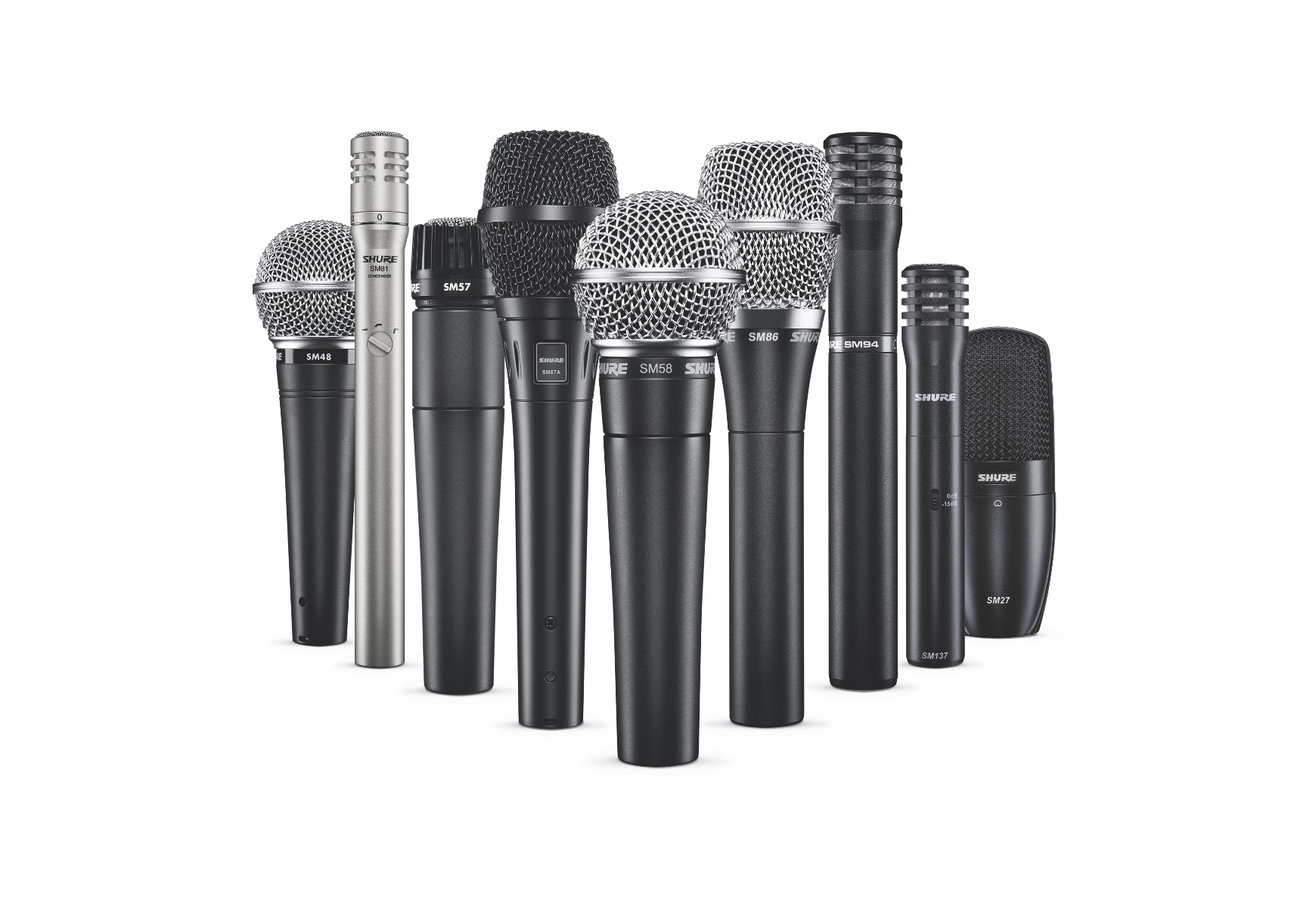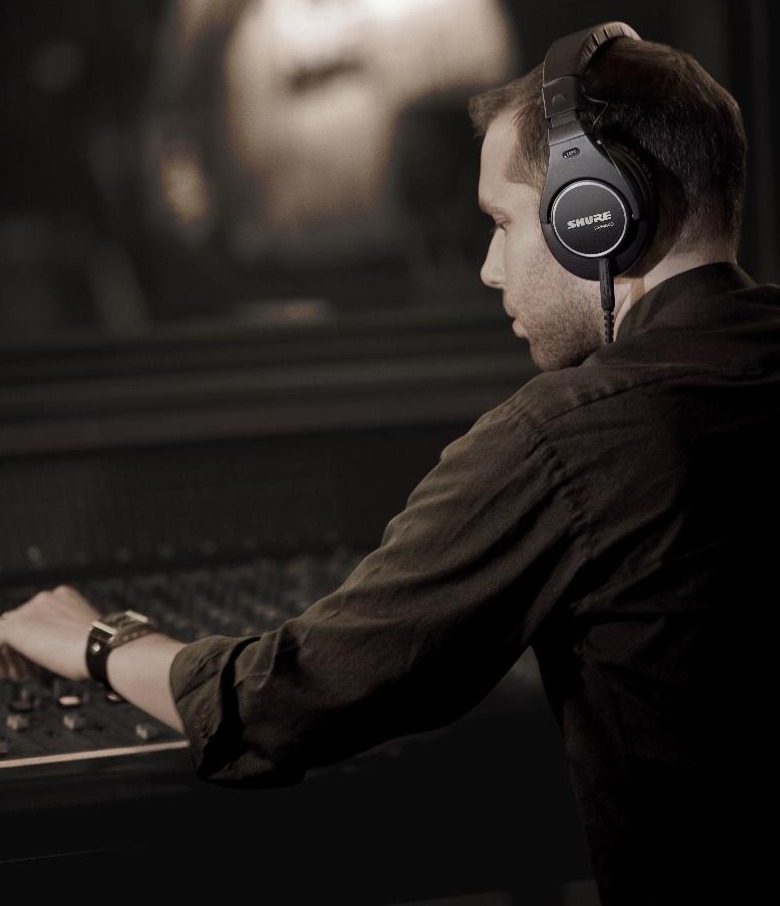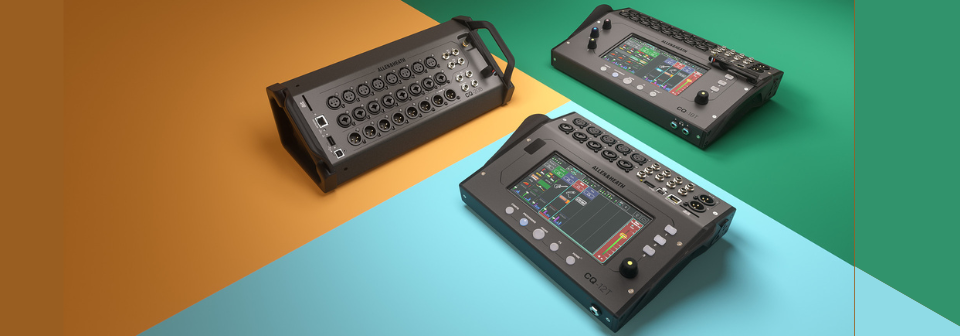Selecting the Right Microphone
Feb 16,2022 | SeeHearLive

Have you thought of which microphone is right for you? It is one of the most frequently asked questions among artists and one of the most difficult to answer. The most straightforward answer will be - it depends.
Although providing a straightforward response to this question may prove daunting, there are a few fundamental points that should help when it comes to selecting your microphone:
SOUNDS THAT YOU ATTEMPT TO PICK UP
There is no such thing as a universal microphone; each microphone sounds unique and has its own set of applications. The vocal microphones are placed into three standard categories:
1. Handheld. For most live performance circumstances, handheld microphones provide durable and practical solutions. On the other hand, more discrete and wireless solutions would usually be more viable for presentations and theatre.
2. Headset. As the microphone is in a fixed position on the headset, the performer or presenter may move freely while the microphone picks up an even, clear sound.
3. Lavalier. Similar to headset microphones but with the added benefit of being less visible, a lavalier microphone may be readily hidden in a costume or attached to a suit. It is an excellent choice for theatrical or presentation applications.
YOUR ENVIRONMENT
The selection of your microphone and the polar pattern you use are dependent on the environment.
An omnidirectional pickup pattern will be ideal in the studio. However, a directional polar pattern will be essential in a live setting with stage monitors and other sound sources. A cardioid or super-cardioid polar pattern will pick up sound from the front while rejecting sound from the sides to limit possible feedback.
- Omni-Directional. Gathers sound from all sides of the microphone uniformly.
- Cardioid. A directional pickup pattern. Picks up sound from the front while reducing sound from other directions.
- Super-Cardioid. A type of cardioid that is more directed than the cardioid.
- Bi-directional. Receives sound equally from the front and back while rejecting sound from the sides.
Note: The "Proximity Effect," which causes bass frequencies to be enhanced as the microphone gets closer to the sound source, impacts cardioid pickup patterns. Singers or engineers can use the effect to plump up a vocal.
YOUR DREAM SOUND
The type of microphone capsule you choose will have the largest impact on overall tone quality. There are three different types of microphone capsules:
1. Dynamic. Warm and rich in sound, Dynamic microphones are durable and can withstand extremely high sound pressure levels appropriate for use in live and noisy environments. It is probably the best choice for live performances.
2. Condenser. A brighter and more detailed sound. Condenser microphones are substantially more sensitive and have far wider frequency responses than dynamic microphones. They can capture an authentic sound, which studios across the world prefer. However, they can be problematic in feedback in some live applications.
3. Ribbons. Prized for their ability to pick up high-frequency detail, while remaining soft and pliable. Ribbon mics are fantastic for vocal or drum overheads in the studio. However, they are rarely utilised live due to their more delicate structure.
BREAK THE RULES
The best microphone for you is the one that sounds the best on your voice or instrument. We encourage you to try out as many different types as possible.
There are numerous examples of microphones used in unusual ways throughout pop history. For instance, John Lennon used a Shure SM57 to record all of his vocals (A microphone usually regarded as an instrument mic).
Have some fun and experiment with your microphone, or check out the Shure Microphones here.







